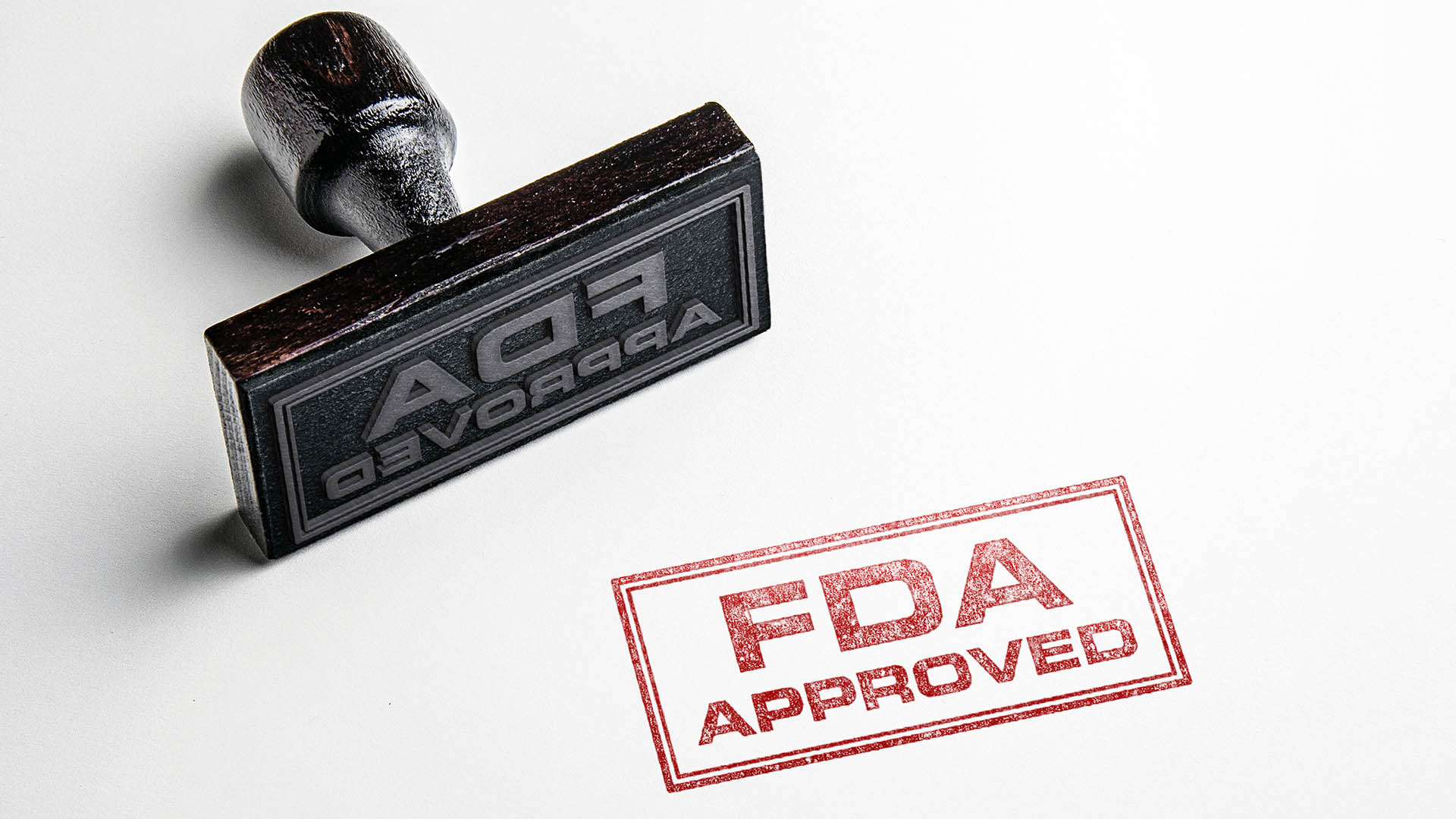For the second time in around a month OceanaGold Corp (OGC) has been hit by adverse developments offshore. Watch for the shares to take a hit on the ASX this morning.
Last month it was suggestions from the Philippines government that the company would have to close its big gold copper mine in the country (as a number of other mines might have to close) for claimed breaches of environmental rules. That news saw the share plunge.
According to weekend news reports, OceanaGold Corp has lost a claim seeking some $US284 million in compensation from El Salvador for failing to issue permits allowing it to develop a gold mine in the Central American country.
According to an arbitration decision announced on Friday the World Bank’s International Centre for Settlement of Investment Disputes (ICSID) found in favour of El Salvador, OceanaGold said in a press release.
The El Salvador government was awarded $US8 million to cover legal costs for the claim, first brought by Vancouver-based Pacific Rim Mining in 2009.
Pacific Rim was taken over by OceanaGold in in 2013 which continued to pursue the claim while at the same time trying to negotiate with the El Salvadoran government to win mining and environmental permits for its El Dorado project.
OceanaGold estimates El Dorado holds 1.5 million ounces of gold and 11.4 million ounces of silver resources.
The company said in a statement that it was disappointed with the tribunal’s decision and would review the ruling before evaluating the next steps for its El Salvador unit.
Pacific Rim first applied for a mining concession in 2005, but El Salvador has blocked new mining permits since 2008 amid concerns about potential damage to a major river and water supplies from cyanide, which is used to leach gold and silver from ore. In late September OcenanaGold shares fell more than 8% at one stage after the Philippines government ordered the closure of its big Didipio mine in Luzon (which is the company’s major asset).
Didipio produces around 100,000 ounces of gold and 14,000 tonnes of copper each year. The mine was expected to operate out to 2030 and beyond.
But early in October, OceanaGold said the “Didipio operation continues to operate without interruption and the Company firmly maintains its 2016 production and cost guidance for the operation.” The market is looking for more information int he September quarter production and exploration report, due out shortly.
OceanaGold said in the weekend statement that it believed that “a modern resource industry that operates in a safe and sustainable manner and within internationally recognised best practices has the potential to unlock a sustainable and multi-decade development opportunity for the Republic of El Salvador” but added that the government needed to establish a stable business environment for foreign investment.
OceanaGold Corporation has assets in the Philippines , New Zealand and the United States. These include its “flagship operation", the Didipio Gold-Copper Mine located on the island of Luzon in the Philippines. On the north island of New Zealand , the Company operates the high-grade Waihi Gold Mine while on the south island of New Zealand, the Company operates the largest gold mine in the country at the Macraes Goldfield which is made up of a series of open pit mines and the Frasers underground mine.
In the United States, the Company is currently constructing the Haile Gold Mine, a top-tier asset located in South Carolina along the Carolina Terrane. The Company says it expects the Haile Gold Mine to commence commercial production in early 2017.













